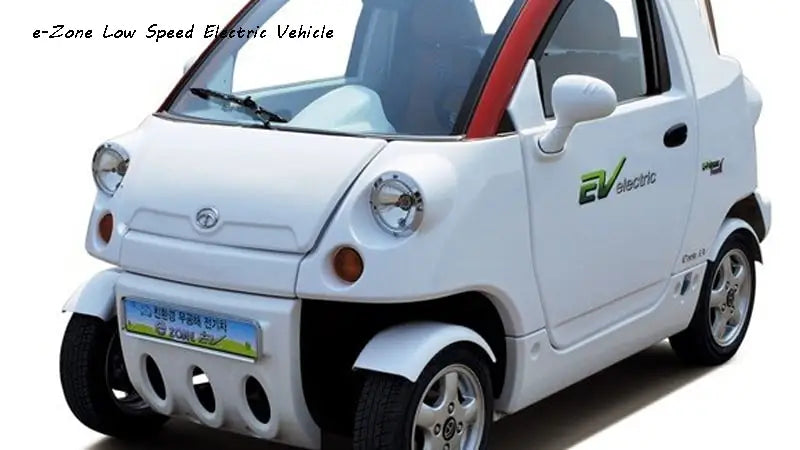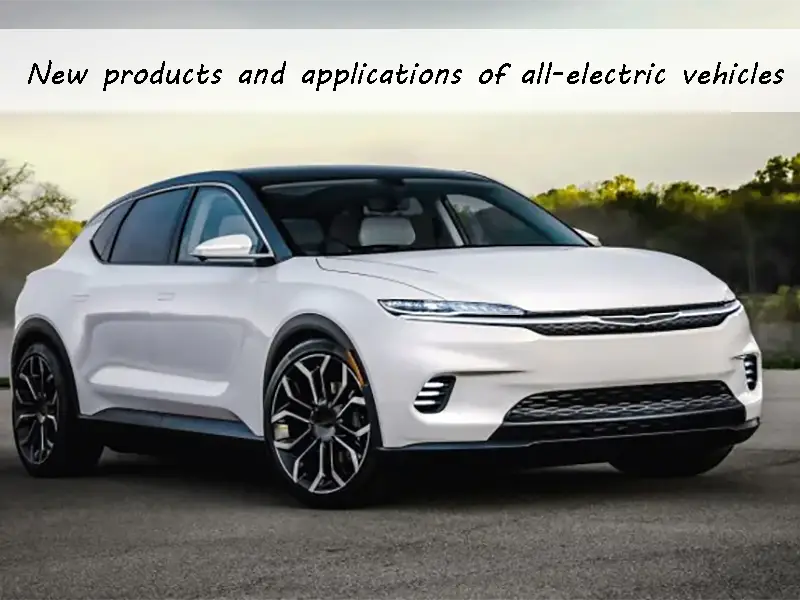
Main content:
All-electric vehicles powered by lithium-ion batteries have become a hot spot in international competition. International mainstream car companies, such as Ford, GM, Nissan, Mitsubishi, Mercedes-Benz and Chevrolet, all launched all-electric vehicles based on lithium-ion batteries from 2009 to 2010. Many experts believe that lithium-ion power batteries are as strategically important as oil is today. Because of this, 14 American companies will invest 1 billion to 2 billion US dollars to build a lithium-ion battery factory to produce lithium-ion power batteries in the United States to vigorously develop lithium-ion all-electric vehicles.
Smith Electric Vehicles, the world's largest manufacturer of all-electric vans and trucks, announced in early December 2007 the launch of the Newton all-electric truck in the United States. Production capacity will be increased to 10,000 by 2010. Production in the UK and Europe in 2010 is expected to reach 5,000 vehicles, with a gross weight of 24,000 lbs and a range of 150mi on a full charge.
1. U.S. development in all-electric vehicles
American TNT Corporation announced in May 2008 that in 2009 more than 100 diesel trucks will be replaced by all-electric trucks. The zero-emission, battery-powered Newton trucks are manufactured by the British company Smith Electric Vehicles and are designed to replace diesel trucks in urban areas. These all-electric trucks have a top speed of 50mi and can travel 70~100mi on a single charge. Driven by 4 sodium nickel chloride 278V battery packs, the full charging time is 6~8h. The company will also test-market the cleaner trucks in the UK, China and the Netherlands.
The three-wheeled ZAP Alias all-electric vehicles developed by the California company Alias was launched in June 2008. The 2009 sale price was $33,000, and the car was powered by an advanced lithium-ion battery. The speed can reach 100mi. It only takes 5.7s to accelerate from 0 to 60mi/h.
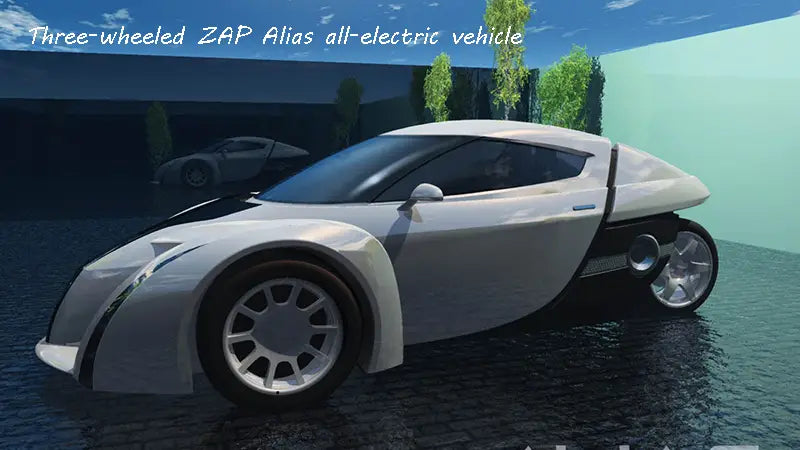
On September 17, 2008, General Motors announced the launch of the all-electric vehicles Volt, which is battery-driven all-electric vehicles that can travel up to 40mi (65km) on a single charge. The gasoline-powered engine can send out electricity to supplement the electric power, so that the fully electric car can travel hundreds of miles. According to GM estimates, the Volt all-electric car costs about 2 cents/mi to drive on a battery, and 12 cents/mi to drive on gasoline at a gas price of $3.60/gal. The Volt electric car has a top speed of about 100mi (160km/h). The car was produced and sold in the United States in 2010.
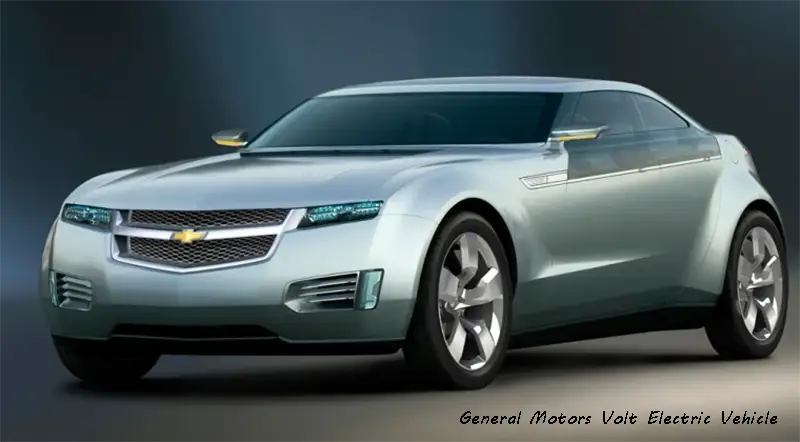
On March 3, 2009, Ford Motor Company and Smith All Electric Vehicle Company jointly developed the new Ford Tourneo concept all-electric drive electric vehicle. In the UK and some European markets, Smith Electric Vehicles has already launched the Ford Transit mid-size commercial vehicle, and in 2009 launched the all-electric Ford Transit concept mini-van. The Tourneo Connect BEV concept car uses a 21kW.h lithium-ion phosphate battery stack driving a 50kW permanent magnet generator. Smith Electric is targeting a range of 160km with a top speed of 113km/h.
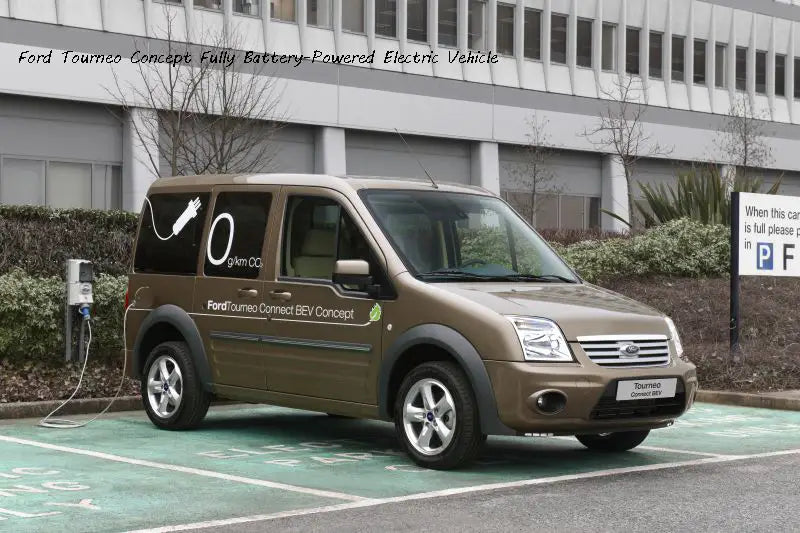
Smith Electric Vehicles USA announced on March 28, 2009 that it has selected Kansas City, Mississippi, USA, as its assembly plant base for the production of electric trucks in the United States. The new assembly plant will begin producing the first zero-emission commercial vehicles in the third quarter of 2009. electric trucks. Smith All-Electric Vehicles America will initially produce battery-powered all-electric vehicles. The first model is Smith Newton, which is the world's largest all-electric vehicles. The Enova 120kW P120 drive system uses a lithium-ion iron phosphate battery stack.
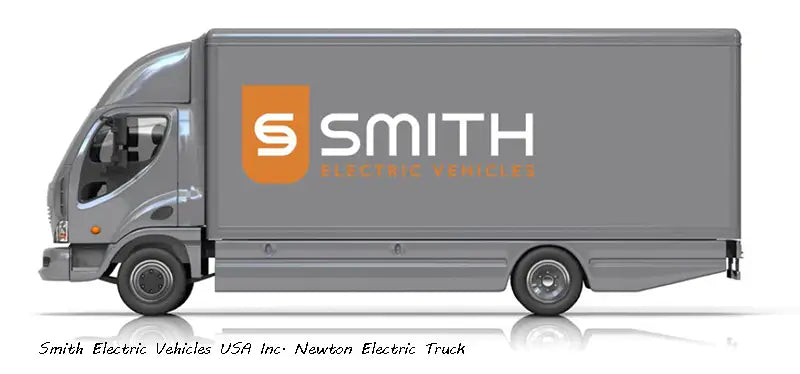
The Tesla Model S, a four-door coupe coupe, was released at the end of March 2009, and the car is scheduled to be mass-produced in the third quarter of 2011. This 4.98m-long four-door Coupe all-electric car is more practical than the Roadster two-seater sports car that Tesla launched in 2007, and the market will also be larger. The battery pack of the new Tesla Model S all-electric vehicles consists of 8,000 battery cells and has a cruising range of 483km. Since the battery pack is placed under the floor, it is easier to enlarge the cabin space than conventional internal combustion engine vehicles. The "engine compartment" at the front of the car is used as a luggage compartment, and the passenger compartment can easily accommodate five adults, and even two rear-facing child seats can be added. The exterior design of the new car is dynamic yet elegant, with smooth and natural lines, with some Jaguar XF charm. Tesla made extensive use of aluminum alloys for body components, reducing the curb weight to 1 735kg. The aerodynamic performance of the body is also outstanding, with a drag coefficient of only 0.27, which is lower than the Tesla Roadster's 0.35. A 9in electric motor is mounted on the rear axle, making it much more compact than conventional powertrains. Model S did not give up performance because of its cruising range. The new car takes 5.6s to accelerate from standstill to 96km/h, while the sports version is expected to be controlled within 5s, 400m acceleration takes 14s, and the top speed is 193km/h. It only takes 42m to brake from 96km/h to a standstill. Tesla will provide a free vehicle warranty of 3 to 4 years and a battery pack warranty period of 7 to 10 years. For the South African, Japanese, Australian and British markets, Tesla will also offer special right-hand drive versions. The Tesla Model S is expected to sell for $49,900.
The all-electric, 35-in-long Proterra FCBE 35 all-electric transit bus was introduced in the U.S. on May 5, 2009, powered by the UQM PowerPhase 150 electric propulsion system and Altairnano lithium-ion battery stack, via The Pennsylvania State University, Pennsylvania Tested by the School of Transportation, its diesel-equivalent fuel economy exceeds 20mi/gal. The UQM PowerPhase 150 all-electric propulsion system produces a peak torque of 650N•m and a peak power of 150kW (201hp). The system has a continuous torque output of 400N•m and a continuous power output of 100kW (134hp). Tests have shown that it outperforms today's conventional diesel or competitive hybrid buses by 400%.
Japan's third-largest automaker, Nissan Motor Co., announced on August 7, 2008, that it has launched new prototype all-electric vehicles with twice the power of conventional technology. The company aims to develop zero-emission all-electric vehicles. The front-wheel-drive all-electric vehicles use a newly developed 80kW motor, and an advanced lithium-ion battery is installed in the lower part of the all-electric vehicles. The hybrid battery has twice the power. Nissan Motor Co. began selling electric vehicles in the U.S. and Japan in 2010 and rolled out to the rest of the world in 2012. Nissan Motor Co. is behind Toyota Motor Corp. and Honda Motor Co. in gasoline-electric hybrid development, but the company strives to lead in all-electric development.

2. Japan’s development in all-electric vehicles
Ten power companies including Tokyo Electric Power and Kansai Electric Power announced in late September 2008 that they had decided to introduce 10,000 all-electric vehicles. At present, among the 20,000 business vehicles owned by various power companies, there are only about 300 all-electric vehicles. The CO2 emissions of all-electric vehicles are only about 1/4 of those of gasoline vehicles. Therefore, power companies plan to convert half of their business vehicles to all-electric vehicles.
Mitsubishi Motors announced on April 10, 2009 that it would produce the i MiEV all-electric vehicles in world markets including the United States, which was launched in Japan in July 2009. i MiEV all-electric vehicles 16kW•h battery stack consists of 22 modules, each module consists of 4 batteries. The quick charge connector can charge the battery to 80% of capacity in 30 minutes. The proprietary lithium-ion battery is produced by Nippon Lithium Energy, a joint venture between GS Yuasa, Mitsubishi Corporation and Mitsubishi Motors.
Nissan Motor Company unveiled all-electric vehicles codenamed EV-02 in late June 2009. This car is based on the Cube model and is equipped with a newly developed all-electric motor by Nissan. The square shape of EV-02 is like a matchbox, and it looks very similar to the Great Wall Cool Bear. Nissan said the electric motor on the EV-02 is a laminated lithium-ion battery, which can provide twice the power of conventional nickel batteries. The drive system of the EV-02 all-electric vehicles adopt the form of front-wheel drive, and the electric motor with an output power of 80kW is placed at the bottom of the vehicle without affecting the passenger space and storage space.
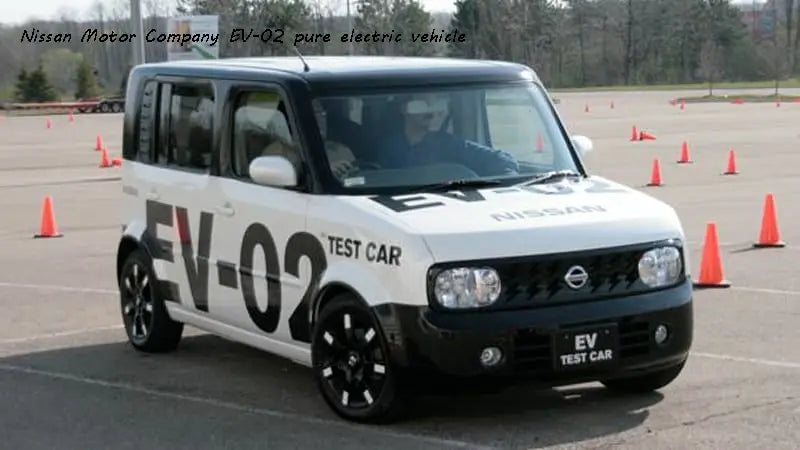
Mitsubishi Motors launched the economy-friendly electric vehicle in 2009 with an annual output of 2,000 units and 10,000 units in 2011. In 2010, exports to the United Kingdom, France and other European countries, as well as Australia, Singapore and the United States began. Mitsubishi Motors has been selling its all-electric vehicles "i MiEV" to France since July 2009. Fuji Heavy Industries will also sell its electric vehicle "plug-in stella" during the same period, in a fierce competition with it. The "i MiEV" is based on the small car "i" and can travel 160km on a single charge. The company plans to produce 2,000 all-electric vehicles in the first year, 4,000 all-electric vehicles in the second year, and reach an annual output of 10,000 all-electric vehicles as soon as possible. After receiving state subsidies, each all-electric vehicles are expected to sell for about 3 million yen.
Nissan Motor Corporation unveiled its first all-electric vehicle, the Leaf, on August 2, 2009 at its new headquarters in Yokohama. Nissan said the "Leaf" all-electric vehicles were launched on the market at the end of 2010 and bloomed globally in 2012. The "Leaf" all-electric car is Nissan's "pioneer" in the "green" car market. Currently, the auto market is flooded with half-electric, half-gasoline hybrids from Toyota and Honda. The "Leaf" all-electric vehicles can travel more than 160km per charge, with a top speed of 140km per hour. In addition, the company plans to let users rent expensive lithium-ion batteries, so that the Leaf's all-electric car will sell for about the same price as Nissan's internal combustion engine, the Tiida. The sky-blue "leaf" all-electric vehicles adopt a medium-sized five-door design and a front-mounted hidden charging port, which is similar to an ordinary internal combustion engine vehicle at a glance. The "Leaf" has no exhaust pipe, no internal combustion engine, it only has a high-efficiency power system provided by lithium-ion batteries, so it is quite environmentally friendly. The Leaf all-electric car is expected to be sold in Japan, Europe and the United States by the end of 2010, and globally in 2012, when the company hopes to produce 200,000 units a year, making all-electric cars a Volkswagen. Nissan hopes to gain a major seat in the global green car market in 2020.
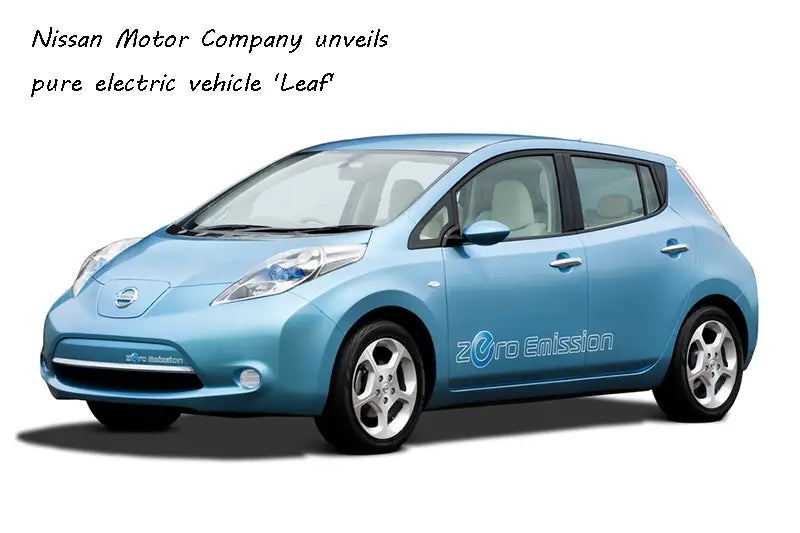
Nissan Motor Co. is scheduled to launch new all-electric vehicles in Japan and the United States in 2010. The goal of Nissan's electric vehicles is to travel about 160km on a single charge, which is basically the same as Mitsubishi Motors' all-electric vehicles "i MiEV". The high price of all-electric vehicles is a major problem. In Japan, subsidies from the state and local governments can be accepted, and there are also preferential taxes. Compared with previous vehicles, the price is basically the same.
Developed by a consortium of British, Italian and Japanese companies, the Elettrica all-electric vehicles were unveiled in the UK in December 2007. The car does not require expensive fuel, and is pollution-free, powered by lithium batteries. The advanced lithium-ion battery enables the fully electric vehicle to travel for 70mi at a speed of 45km/h, while the battery charging takes only a few minutes or hours without potential danger. The Elettrica all-electric car is priced at $18,900.
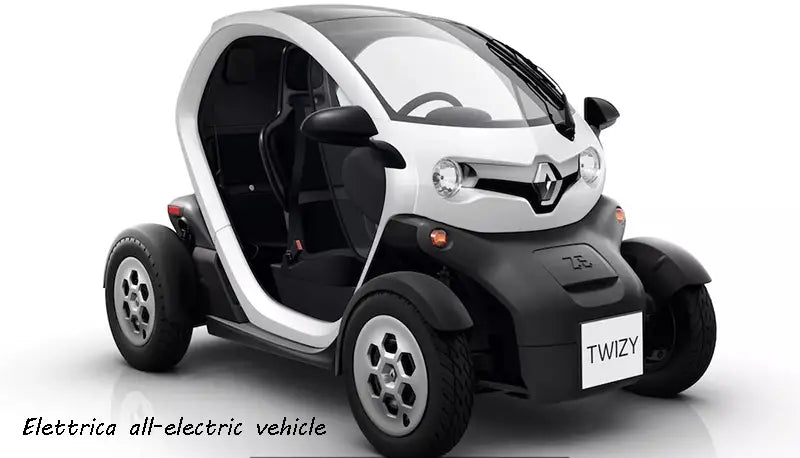
3. The development of other countries in the field of all-electric vehicles
The UK's second largest car manufacturer, Optare, showcased its new hybrid and fully electric vehicles in early April 2008. The 8.8m all-electric Solo uses the Enova EDU 120 system, which consists of an electric drive unit and gear series, a central electronic unit and related power management components. The system uses a lithium-ion iron phosphate Valence battery stack, which drives the Enova 120kW Panther motor. Both plug-in hybrid electric and fully electric vehicles use lithium-ion battery stacks. Enova electric and hybrid drive system solutions include fully integrated on-board and stationary battery charging systems.
The British Optarc Company launched the S8l8 all-electric bus at the end of March 2009. The Solo EV belongs to the Solo bus series. The all-electric bus replaces the conventional diesel engine with an all-new electric drive, featuring an Enova Systems P120 AC electromagnetic induction motor with 120kW of power, powered by two Valence lithium-ion phosphate battery stacks. The two battery stacks work in parallel, providing 307V power with a total capacity of 80kW.h. The all-electric bus is limited to a top speed of 90km/h (56mph).
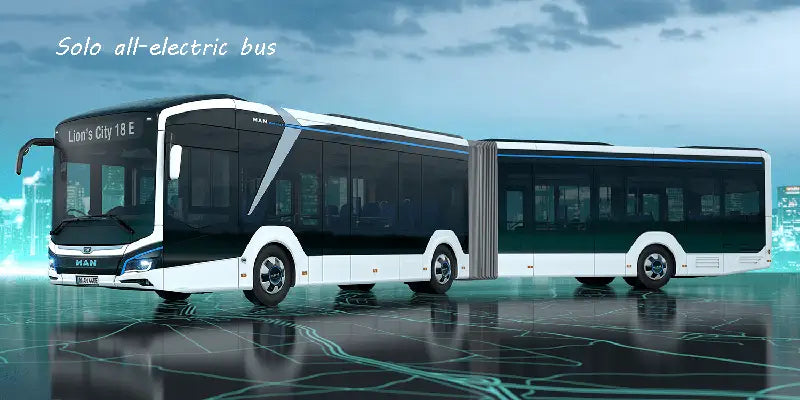
The Danish company DONG Energy has contracted with Better Place to launch fully electric vehicles in Denmark. The batteries will be charged using wind power. DONG Energy is the world's largest offshore wind operator with several wind farms in Denmark and the UK. 20% of Denmark's electricity production comes from wind power, but 7% is underutilized enough to charge cars.
Ireland set a target at the end of 2008 to have 10% of all transport vehicles powered by electricity by 2020, suggesting that 250,000 all-electric vehicles will be on Irish roads within the next 10 years. The push for all-electric vehicles program includes tax incentives for buyers of electric vehicles.
Israel encourages the use of fully electric vehicles and provides tax incentives for the purchase of electric vehicles. 200 million yuan has been invested in the construction of all-electric vehicles charging facilities and rapid replacement of empty batteries. The use of the market shows that the running cost of using an all-electric vehicles are significantly lower than that of a gasoline-powered vehicle. In February 2008, oil prices had once exceeded $100 a barrel, and the use of electricity and all-electric vehicles became cheaper alternatives for users. Israel offers tax breaks for the use of "clean" electric vehicles until at least 2015. It is estimated that the battery life of electric vehicles is 7,000 times, and now it can travel about 150,000 miles with only 1,500 times of charging.
South Korean low-speed electric vehicle manufacturer CT&T announced on July 6, 2009 that it will produce low-speed electric vehicles e-Zone and c-Zone in the United States. CT&T Korea's U.S. subsidiary, CT&T America, will build its North American headquarters, research and development center and several manufacturing plants to manufacture and sell all-electric vehicles and battery products. The company will expand into South Carolina, Georgia, North and South Carolina, Alabama and California. CT&T America plans to manufacture and sell all-electric vehicles for urban use, all-electric mid-speed vehicles, all-electric high-speed vehicles, and all-electric utility vehicles, as well as lead-acid, advanced lead-acid, lithium-ion polymer, and lithium-ion batteries for use in domestic and export markets. In the fourth quarter of 2009, the company will sell the c-Zone all-electric vehicles for utility use and the e-Zone all-electric vehicles for urban use, priced from $8,000 to $16,000.
